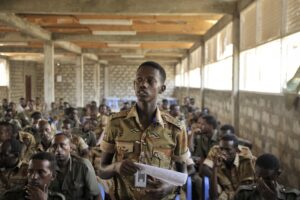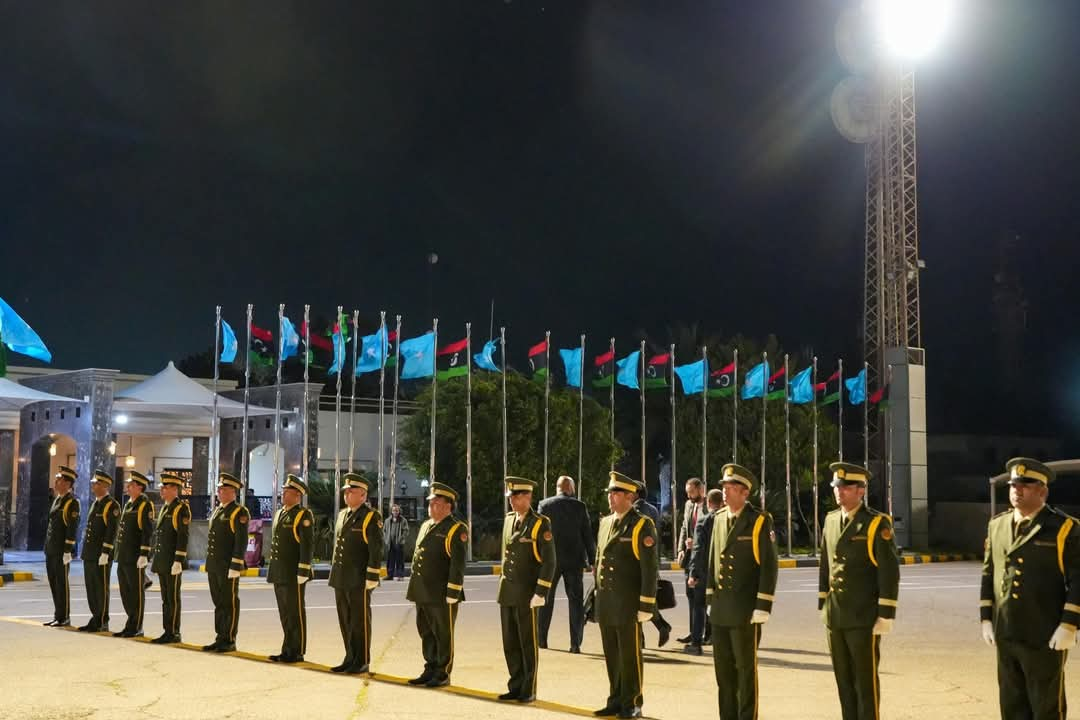By Yusuf Irshad
Somalia’s history is marked by tragedy. The Siad Barre regime brought authoritarian rule in the late 1960s.
Civil unrest and factionalism grew. Barre’s fall in 1991 sparked a brutal civil war. Violence, famine, and warlords followed.
Clan rivalries and no central government fueled chaos. Lawlessness spread across regions.
The international response has been inconsistent. Early aid tackled the 1990s famine.
The U.N. Operation in Somalia (UNOSOM) aimed to help. The 1993 Battle of Mogadishu exposed challenges.
Local dynamics and poor coordination hindered efforts.
Recently, the African Union Transition Mission in Somalia (ATMIS) renewed focus. Yet, limited resources and unclear strategies persist.
Somalia faces complex issues today. The Federal Government has a fragile framework. Regional autonomy disputes linger.
Al-Shabaab remains a threat. Drought, unemployment, and food insecurity plague millions. Poor infrastructure and education stall progress.
Stability requires a multifaceted plan. Political inclusivity must address clan tensions.
Trust among factions is key. Training the Somali National Army can reduce foreign reliance.
Economic programs in agriculture, education, and health are vital.

These steps could lift living standards and cut aid dependency.
Somalia’s future hinges on cooperation. Local ownership and rule of law are critical.
A Somali-led reconciliation process can build resilience. International support must respect sovereignty.
Together, these efforts can shift Somalia from despair to hope.
The nation could reclaim its identity. It might even stabilize the Horn of Africa.
Mr. Yusuf Irshad is a Political analyst and Strategic Governance Expert.
Disclaimer
The opinions expressed in this publication are those of the authors.
